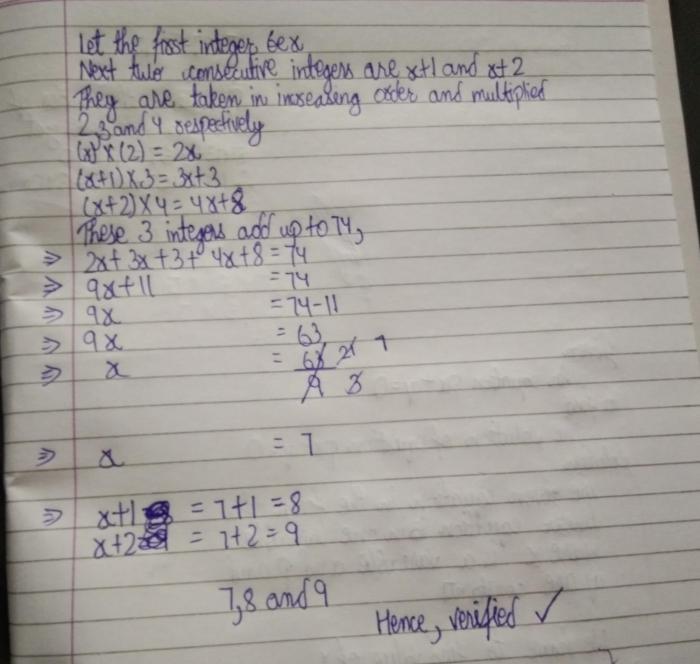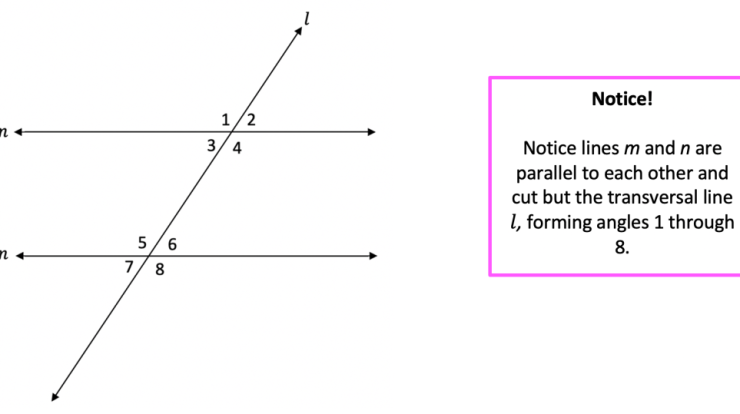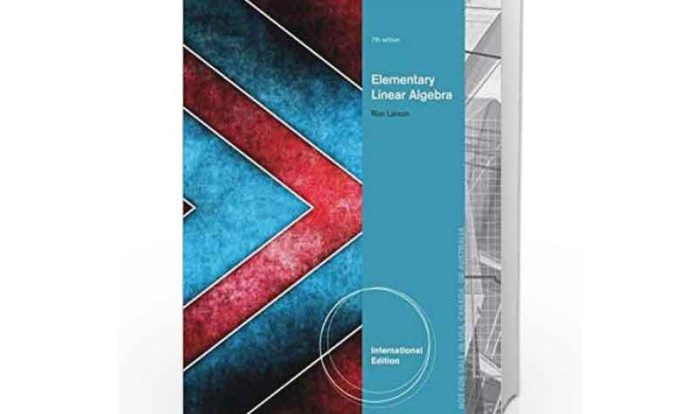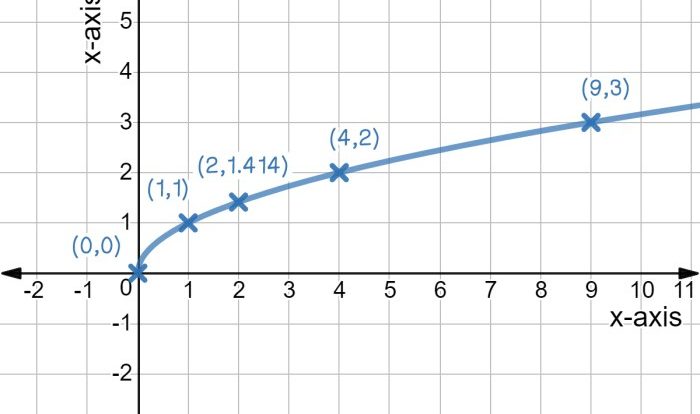Let n be the middle of three consecutive integers, an intriguing mathematical concept that unveils the fascinating properties of consecutive integers and their algebraic representations. Delve into this exploration to discover the formula for finding the middle of three consecutive integers, its practical applications, and the limitations it encounters.
Consecutive integers, a fundamental concept in mathematics, form a sequence of whole numbers that differ by one. They possess unique properties that make them valuable in various mathematical applications. Understanding the middle of three consecutive integers is a crucial step in comprehending the behavior of these sequences.
Consecutive Integers

Consecutive integers are a set of integers that follow one another in numerical order. They can be positive, negative, or zero.
Examples of consecutive integers include:
- 1, 2, 3
- -3, -2, -1
- 0, 1, 2
Consecutive integers have several interesting properties. For example, the sum of two consecutive integers is always odd. The sum of three consecutive integers is always a multiple of 3.
Middle of Three Consecutive Integers: Let N Be The Middle Of Three Consecutive Integers

The middle of three consecutive integers is the integer that is in the middle of the three integers. For example, the middle of the three consecutive integers 1, 2, and 3 is 2.
To find the middle of three consecutive integers, we can use the following formula:
middle = (smallest integer + largest integer) / 2
For example, to find the middle of the three consecutive integers 1, 2, and 3, we would use the following formula:
middle = (1 + 3) / 2 = 2
Algebraic Representation

Let n be the middle of three consecutive integers. Then the three consecutive integers can be represented as:
- n – 1
- n
- n + 1
For example, if n = 2, then the three consecutive integers are 1, 2, and 3.
Applications

The concept of the middle of three consecutive integers is used in a variety of applications, including:
- Finding the average of three numbers
- Solving puzzles and games
- Modeling real-world situations
For example, the average of three numbers can be found by finding the middle of the three numbers. This is because the average of three numbers is equal to the sum of the three numbers divided by 3, and the sum of three consecutive integers is always a multiple of 3.
Query Resolution
What is the formula for finding the middle of three consecutive integers?
The middle of three consecutive integers, represented by n, can be calculated using the formula: n = (smallest integer + largest integer) / 2.
Can the formula be used to find the middle of any consecutive integers?
Yes, the formula can be applied to find the middle of any consecutive integers, regardless of their starting value.
What are the limitations of the formula?
The formula assumes that the consecutive integers are whole numbers. It may not be applicable in cases where the consecutive integers are fractions or decimals.




